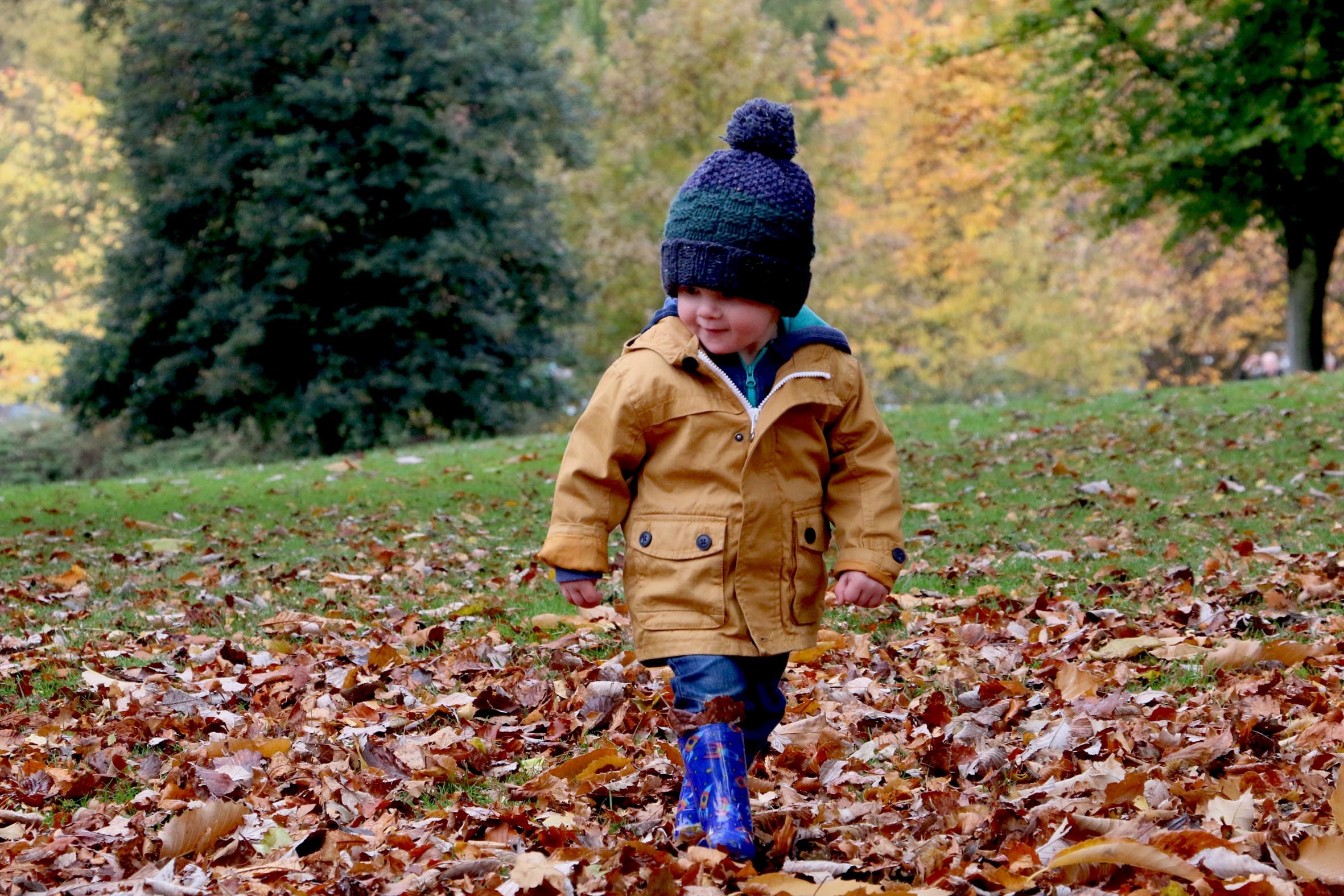
If the school district you work with is considering school consolidation or the process is already underway, this resource is for you. This guide provides an overview of recommendations for Safe Routes to School practitioners (and others working on student transportation issues) before, during, and after school closures and consolidations.
This guest blog post was written by Emma Wu, a 15 year-old Houston YMCA Youth and Government student. Emma attends a public school in Houston, the most diverse city in the nation. She assumed all teens had the same access to healthy lifestyles and physical activity. That changed when she began working on the Active Communities mock legislation project.
Every two years, the Safe Routes Partnership releases the Making Strides state report cards, providing an at-a-glance snapshot of how states are doing in their support of walking, rolling, and active kids and communities. As we gear up for the fifth edition of the report cards in 2024, we want to preview the indicators that each state will be evaluated on.
On Wednesday, October 11th from 11 am to noon Mountain, the Colorado Department of Transportation is hosting a free webinar presented by the Safe Routes Partnership.
I love hearing from our Safe Routes to School and active transportation community with questions about what’s happening on Capitol Hill and with federal policy. Here are some of the questions I got this month while Congress was on recess – and answers to those questions.
What federal funding programs are open that I can apply for to improve walking and bicycling?
Even as an adult, as soon as August begins to slip into early fall, I can feel the echoes of my childhood back-to-school excitement. It was an optimistic beginning—I could show up and be the best version of myself with a perspective as fresh as my new notebooks. I have the same feeling now, that it’s a good time to review my habits as I soak up the beautiful weather. The new habit I’m trying to form is going for a walk in my neighborhood before starting work from my home office.
This blog post was collaboratively written by Marisa Jones (Safe Routes Partnership), Caron Whitaker (League of American Bicyclists), and Mende Yangden (National Resources Defense Council).
At the close of the third quarter of 2023, a few things stand out when we review the quarterly State of the States spreadsheet tracking states’ implementation of the Transportation Alternatives Program. For starters, states are doing a great job obligating funds. In quarter 3, which ended on June 30, 2023, states obligated over $255 million in projects that support walking, bicycling, and Safe Routes to School.
Tuesday, September 12th, 11 am - 12 pm MT
Safe Routes programs extend beyond routes to school. Students travel to other destinations including playgrounds, recreation center, and parks. Join us as we explore how Safe Routes to Parks programs are improving park access and safety in Colorado. We will also share opportunities for Safe Routes to School and Safe Routes to Parks to collaborate on projects and community engagement activities.
This webinar is part of a series of free webinars provided by the Colorado Department of Transportation and presented by the Safe Routes Partnership.
Wednesday, September 20th from 2 pm - 3 pm ET
Vision Zero is an international movement to eliminate all traffic fatalities and serious injuries. We still have a long way to go, but new approaches to Vision Zero are offering more opportunities for Safe Routes to School integration. Learn how the Vision Zero Safe System approach can be applied to school settings and explore tips for partnering with Vision Zero staff. Achieving Vision Zero will take cooperation from everyone, so let’s find ways to work better together!
After a federal policy blog hiatus due to parental leave, we’re back with a roundup of what’s been happening and what to watch for on federal policy related to Safe Routes to School, walking, and bicycling.
Transportation Alternatives Program Implementation
Safe Routes Partnership releases our Making Strides state report cards every two years, providing an at-a-glance snapshot of how states are doing in their support of walking, rolling, and active kids and communities. Following the release of the latest report cards in June 2022, we received numerous great questions from state agency representatives, walking and rolling advocates, and community health champions. We’ve collected a few of the most commonly asked questions here.
This year, we’re thrilled to be teaming up with four local communities in Pennsylvania to make accessing parks safe, convenient, and equitable for people walking and biking. As we celebrate National Parks and Recreation Month this July, we want to uplift this year’s theme, “where community grows” from our partners at the National Recreation and Parks Association by sharing a couple of highlights from our Safe Routes to Parks Pennsylvania Activating Communities.
What is required for long-term change? Our Safe Routes to Parks Activating Communities program is all about making changes, big and small, to make park access safe, convenient, and equitable for people walking and biking. However, we know that making changes to a sidewalk or holding one community engagement meeting isn’t going to have as long-term of an effect if we don’t zoom out to see the whole system that created unsafe routes or inequities in the first place.
This resource provides recommendations for how champions and stakeholders who care about their state’s support for active transportation and physical activity, can emphasize new opportunities within the Bipartisan Infrastructure Law to influence decision-makers in their state to strengthen state policies and practices for improving walking and rolling and raise their state report card scores.
This resource provides recommendations for how state departments of transportation (DOTs) can respond to new opportunities within the Bipartisan Infrastructure Law to support walking, bicycling, and Safe Routes to School -- and maintain and raise report card scores.